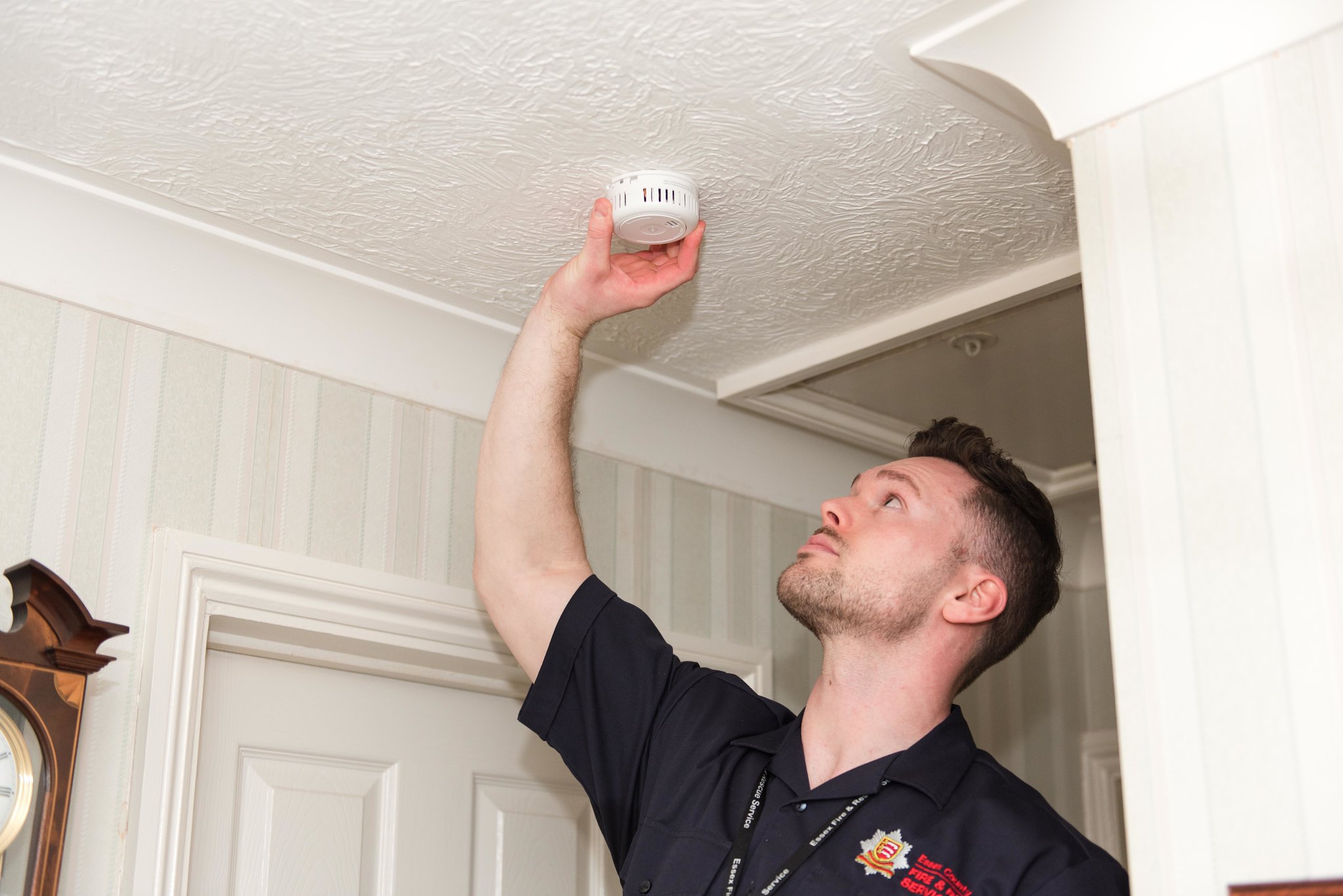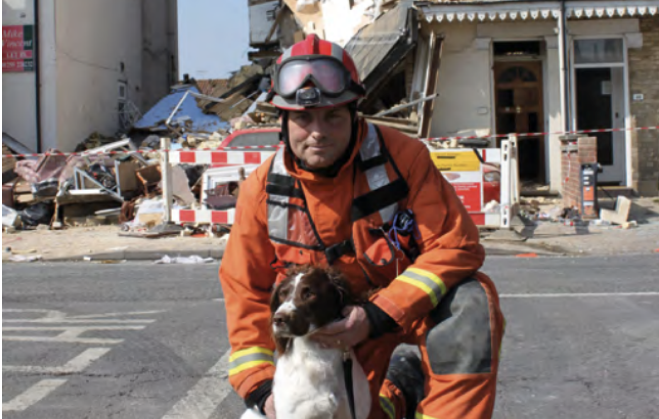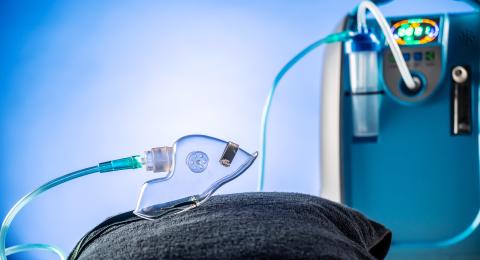
Emollient Skin Products
Emollient skin products are widely prescribed and dispensed for various skin conditions such as psoriasis, eczema, bed sores and ulcers.
They are safe to use but can soak into clothing, dressings and bedding leaving a flammable residue. If exposed to a naked flame or a heat source, such as a cigarette, lighter, gas cooker, heater or fire, these saturated fabrics can catch fire; the residue will help the fire develop and spread rapidly which could result in serious injury or death.
How to use emollient creams safely
Emollients are important in helping lots of people to manage dry skin conditions, but they are easily transferred from skin on to clothing and bedding. When fabric with dried-on emollient comes into contact with a naked flame, the resulting fire burns quickly and intensely.
Watch this helpful video from the Medicines and Healthcare products Regulatory Agency for more information.
Information for health and care professionals
We know that emollient skin products are safe to use but they can soak into clothing, dressings and bedding, leaving a flammable residue. If exposed to a naked flame or a heat source, such as a cigarette, lighter, gas cooker, heater or fire, these dried fabrics can catch fire. The emollient residue will help the fire develop and spread rapidly which could result in serious injury or death.
If you work in health or social care, you might find the following FAQ section helpful.



